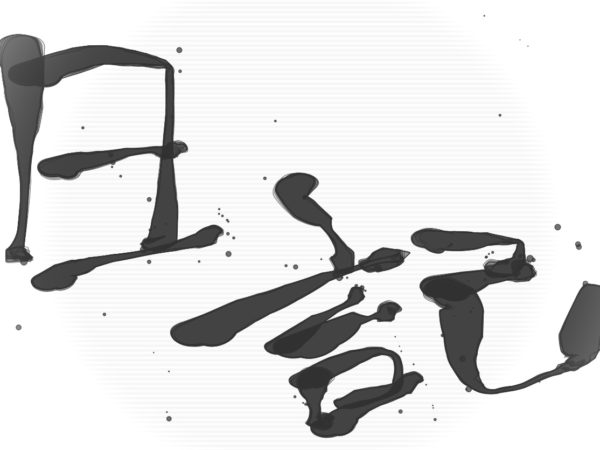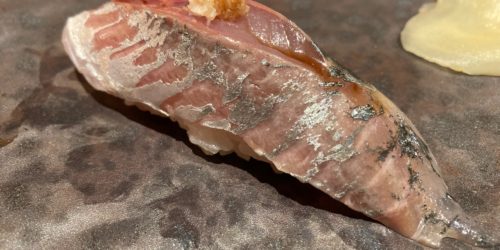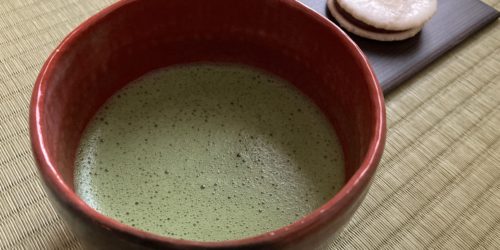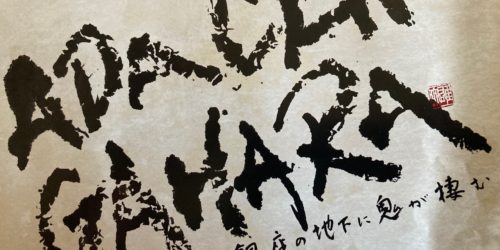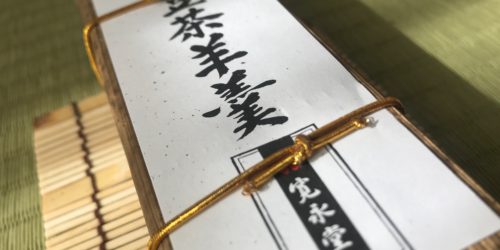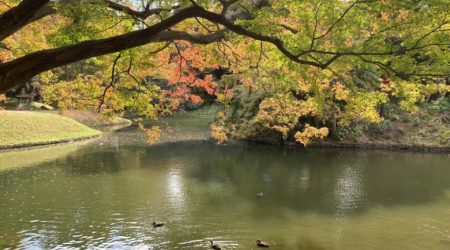What is beauty?
The other day, I went to the Mitsui Memorial Museum in Tokyo to appreciate historical teaware.
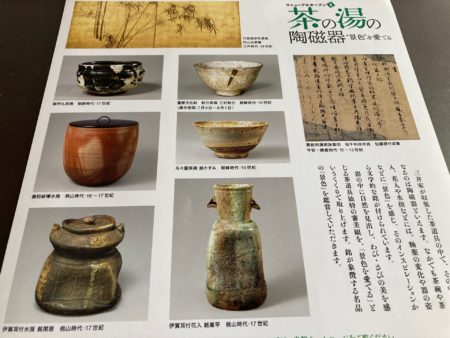
There were many tea bowls, tea containers, flower vases and so on.
Among them, a tea bowl named “Unohanagaki” (which is a national treasure), and an important cultural tea bowl named “Amagumo” are well known.
Whenever I see such historical teaware, I ask myself “What is beauty?”.
In many cases, museum collections are regarded as the epitome of beauty.
However, I don’t think so.
The concept of beauty isn’t simple because it has many sides, and it is a matter of subjective judgment.
I think that it is important to ruminate about why historical artworks continue to be regarded highly today.
For example, I always ask myself, “What kind of scenery did our predecessors see through this artwork?”.
By this, I can feel many things.
We have great sensibilities, so we should use them effectively.
Everyone has their own sense of beauty, so there isn’t only one concept of beauty.
On the other hand, modern Japanese people called “Chajin” are the complete opposite of me.
They place too much emphasis on character information.
“Who made this artwork?”
“Who evaluated this artwork?”
Destiny or contingency both have the power to transform a mere tea bowl into a valuable treasure.
I don’t think that we should be swayed by it excessively, and first of all, we should trust our sense of beauty.
By the way, historic teaware that is owned by a famous museum hasn’t been used in the way it was originally purposed.
It has already become artwork that is displayed in a showcase.
So it has lost its function as practical teaware.
It is the same as a biological specimen in a science lab.
In that sense it’s not beautiful.
